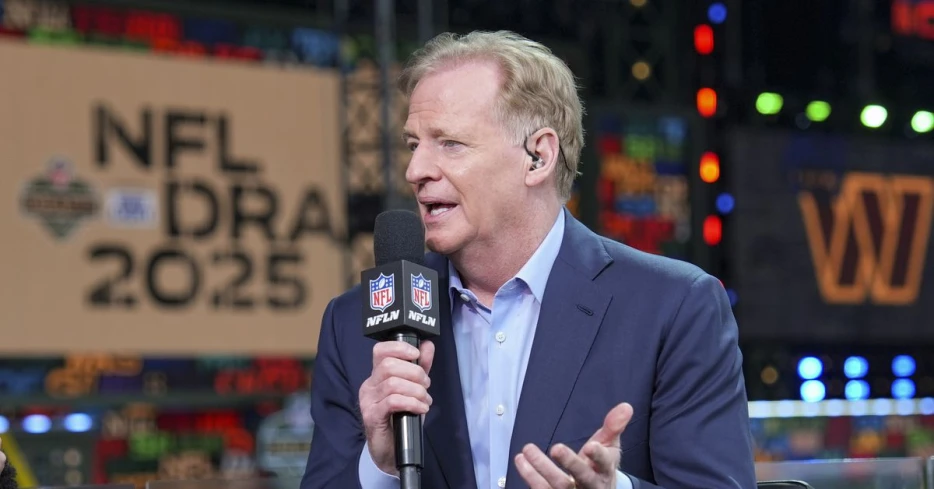
 Acme Packing Company
Acme Packing Company
Teams have been spending well above the cap ever since the 2020 Covid season
Two weeks ago, NFL commissioner Roger Goodell openly questioned the integrity of the league’s current salary cap system. He later stated that it was a priority issue among NFL owners going into the league’s next collective bargaining agreement. For reference, the current CBA, which was struck during the early stages of the COVID pandemic, will run out in March of 2031.
On its surface, the NFL salary cap should be simple. The NFL could set a cash limit on how much you can spend on players in a given year, and have that be that. To a certain extent, that’s what the NBA does, before their aprons come into play. The big difference between the NBA and the NFL, though, is guaranteed money and signing bonuses.
Because contributing NBA veterans receive guaranteed contracts, there’s no real reason for the league to operate in a signing bonus world. Thus, the NBA simply counts players’ salaries (game checks) in their salary cap equation.
Unlike the NBA, though, the NFL teams typically don’t guarantee the salaries of players beyond the first one or two years of veteran deals, in part because of the frequency of injuries in the sport and how much older professional football players are when they enter their second contracts. There’s no promise that a player signed in 2025 will be wanted by the team come 2027 in a league that turns over talent so quickly. Thus, a lot of the money NFL players receive in their veteran contracts comes in the form of a signing bonus, up-front money that is counted against the cap for the lifetime of a contract.
For example, the Green Bay Packers signed guard Aaron Banks this offseason to a four-year, $77 million contract that featured no guarantees beyond his $27 million signing bonus. Despite receiving that $27 million in cash in 2025, Banks only counts $9.03 million against the cap for the Packers this year, because his signing bonus will count $6.75 million per year against Green Bay’s cap space for each season from 2025 to 2028. If he’s ever released from the Packers, the remaining signing bonus that hasn’t been accounted for on their salary cap, but has already been paid out to Banks, will accelerate to their updated books.
This is all fine and dandy and worked quite well for the league up until the end of Drew Brees’ run with the New Orleans Saints and Tom Brady’s run with the New England Patriots. In an effort to make title runs at the end of each of those quarterbacks’ careers, both of their teams learned how to use the NFL’s void year mechanism to take advantage of the current cap system.
A void year is essentially a way to stretch out a signing bonus to have it count on the cap in years where a player isn’t going to be under contract. For example, if you wanted to...